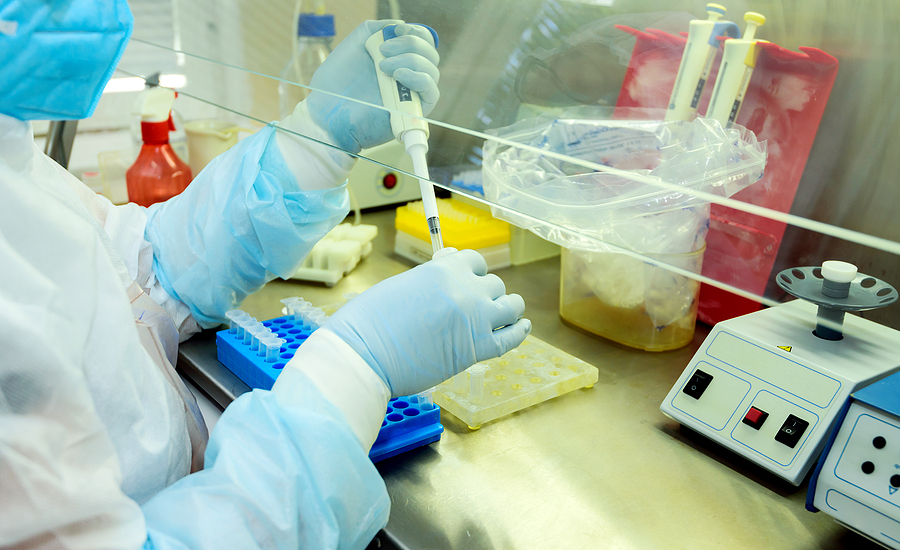Labs are the birthplace of key discoveries that help save lives and improve our world. They’re an essential aspect of good science.
They can also be extremely dangerous.
In order to do the research required in a given setting, a lab might contain flammables and explosives, such as compressed gas. There’s also the risk of contamination, and something one might not readily associate with a non-office environment: ergonomics. Standing over a Bunsen burner day after day takes its toll.
And when a laboratory accident occurs, it can have devastating consequences.
Lab accidents occur with alarming frequency
Consider what happened to a staff scientist in 2008, who was working in a lab while applying to law school. The recent college graduate was working on a chemical synthesis in a lab at the University of California, Los Angeles (UCLA) when the highly flammable substance she was using became exposed to air, instantly igniting both the substance and the lab tech’s clothes. She was wearing nitrile gloves, but no lab coat and possibly no eye protection. She died from her injuries 18 days later.
Both the UC system and the lab supervisor were charged with felony violations in her death. Yet similar incidents still occur with disturbing frequency. In 2010, a Texas Tech University grad student lost three fingers on one hand and lacerated the other, damaged his eyes, and sustained superficial cuts on his body when a mortar exploded in his hands. And a University of Hawaii postdoc lost one of her arms after a gas storage container exploded in 2016.
The vital role of the lab manager
Laboratory personnel need to wear multiple hats. In a university setting, for instance, a lab director might be responsible for safety in many different areas of the lab itself, and also act as facilities manager.
As these unfortunate stories illustrate, your team needs to be extremely well versed in every aspect of lab safety. But how do you know which safety training courses to require and administer?
There are a staggering number of rules and regulations to understand and follow. For example, OSHA’s guidelines for laboratory safety cover everything in minute detail, from Hazard Recognition and Solutions to how to create a culture of safety consciousness, accountability, organization, and education in industrial, academic, and governmental settings.
Being able to streamline safety training in order to adhere to state and federal regulations, protect your people, avoid OSHA fines, and accomplish your research in a timely manner is paramount.
Lab safety courses
To assist you, Trimedia is offering a series of key laboratory safety courses as a lesson plan download to help keep your lab — and your team — clean, safe, and operational. The courses will cover topics including:
- Electrical safety
- Flammables and explosives
- GHS safety data sheets
- Handling compressed gas cylinders
- Laboratory ergonomics
- Laboratory hoods
- Orientation to laboratory safety
- OSHA formaldehyde standard
- Planning for laboratory emergencies
- Preventing contamination
- Safe handling of laboratory glassware
- Safety showers & eye washes
Ready to take your team’s safety to the next level? Download the Laboratory Safety Lesson Plan by filling out the form below:

